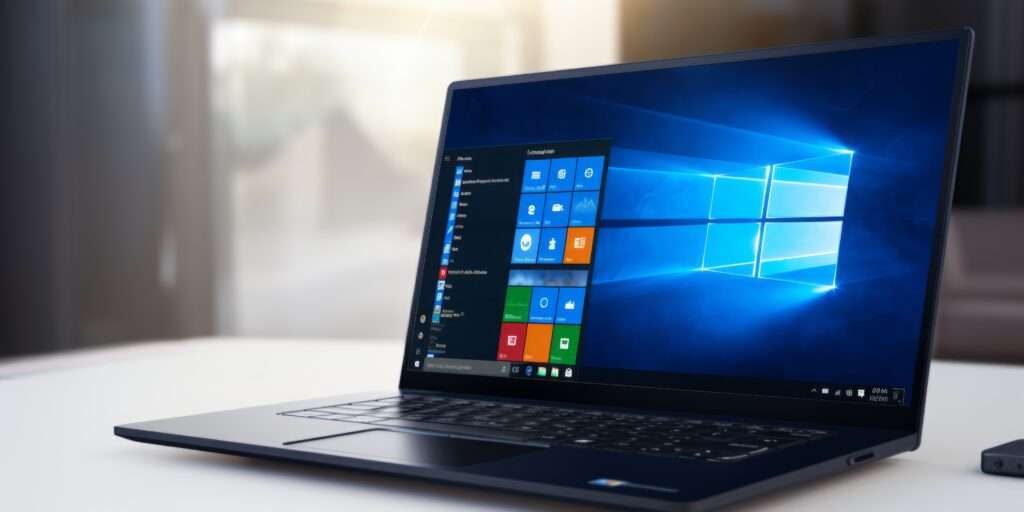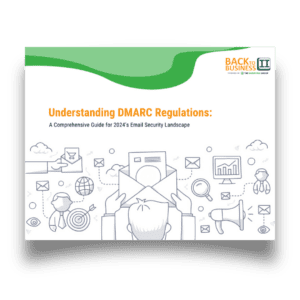
What’s Happening on October 14, 2025?
Starting October 14, 2025, Microsoft will stop providing critical security updates and new feature updates for Windows 10 (official Microsoft guide). Businesses using Windows 10 beyond this date will face increased risks, including cyberattacks, reduced system performance, and non-compliance with industry regulations.
This isn’t just a routine update. Preparing for Windows 10 End-of-Life involves more than installing a new operating system. It requires proper planning to avoid downtime, data loss, and unnecessary expenses. The earlier you start, the smoother your transition will be.
Why Planning Early Matters
1. Avoid Last-Minute Scrambles
Delaying your upgrade could result in rushed decisions, increased costs, and avoidable disruptions. Upgrading your entire network involves multiple steps, including identifying devices, checking hardware compatibility, and ensuring application readiness.
If your I.T. team is already stretched thin, partnering with experts like Back To Business I.T. (I.T. Assessments) can streamline the process. We help businesses plan ahead, keeping operations running smoothly during the transition.
2. Protect Against Security Risks
Once Windows 10 reaches its end of support, Microsoft will no longer provide critical security updates. Unsupported systems are prime targets for hackers and malware, especially for industries handling sensitive data such as healthcare and finance. By upgrading to Windows 11, you’ll continue receiving essential patches and protection.
For more on keeping your systems secure, check out our Cybersecurity Solutions page (Cybersecurity Services).
3. Ensure Operational Continuity
An unplanned upgrade can cause serious operational disruptions. Imagine dealing with downtime during tax season or handling service requests in a local government office without functioning systems. Early preparation ensures that your upgrade happens during low-activity periods, minimizing the impact on daily operations.
4. Maintain Software Compatibility
Businesses rely on a range of applications, some of which may not work on Windows 11 without updates. Testing your critical software early gives you time to work with vendors or find alternatives. If you’re unsure whether your applications are compatible, we can help with a compatibility assessment (Contact Us).
What Does the Upgrade Involve?
Transitioning from Windows 10 to Windows 11 involves multiple steps. Here’s a brief checklist to guide you through the process:
- Identify Devices: Take stock of all devices running Windows 10 and prioritize critical systems for early upgrades.
- Check Hardware Compatibility: Ensure your devices meet Windows 11’s system requirements, including CPU, RAM, and TPM 2.0. Devices that don’t meet the specs may need upgrades or replacements.
- Schedule the Upgrade: Roll out upgrades in phases to reduce disruptions.
- Backup Important Data: Always back up critical data before starting any major upgrade.
- Test Software Compatibility: Ensure that all essential applications will run smoothly on Windows 11.
- Pilot the Upgrade: Test the upgrade on a small group of users first. Use feedback to fine-tune the process.
- Provide Employee Training: Offer brief training sessions to help employees get familiar with Windows 11.
- Finalize the Rollout: Once the pilot is successful, proceed with a phased rollout across your organization.
- Decommission Old Devices: Properly wipe and dispose of any devices that won’t be upgraded, ensuring compliance with data protection laws.
For a more detailed checklist, check out our Ready, Set, Upgrade: A Quick Checklist for Windows 10 End-of-Life (download here).
How Back To Business I.T. Can Help
Planning and executing a smooth upgrade requires time, resources, and expertise. At Back To Business I.T., we’ve helped businesses across industries transition to new systems without disrupting their operations. Whether you need help with hardware upgrades, cybersecurity, or employee training, we offer comprehensive solutions to make your Windows 11 migration easy.
Here’s how we can help:
- I.T. Assessments (Learn More): We’ll evaluate your existing devices, network, and applications to develop a customized upgrade plan.
- Hardware Upgrades: If your current devices don’t meet Windows 11 requirements, we’ll recommend and implement the right hardware.
- Managed Rollouts (Co-Managed I.T.): From pilot programs to full rollouts, our experts ensure minimal downtime.
- Cybersecurity Enhancements (Cybersecurity Solutions): Windows 11 offers improved built-in security features. We’ll help you implement and optimize them.
- Employee Training: We’ll provide hands-on training and user guides to help your team get up to speed with the new system quickly.
Start Preparing Today
Don’t wait until October 14, 2025, to start scrambling. Fixing I.T. under pressure isn’t fun, and it can cost you big. Start planning your Windows 11 upgrade today to stay ahead of the curve and keep your business running smoothly.
Ready to make the switch? Contact Back To Business I.T. for a free consultation. Let’s tackle this upgrade together and get I.T. done right. Visit us at backtobusinessit.com/contact or call us at 937-490-5600








